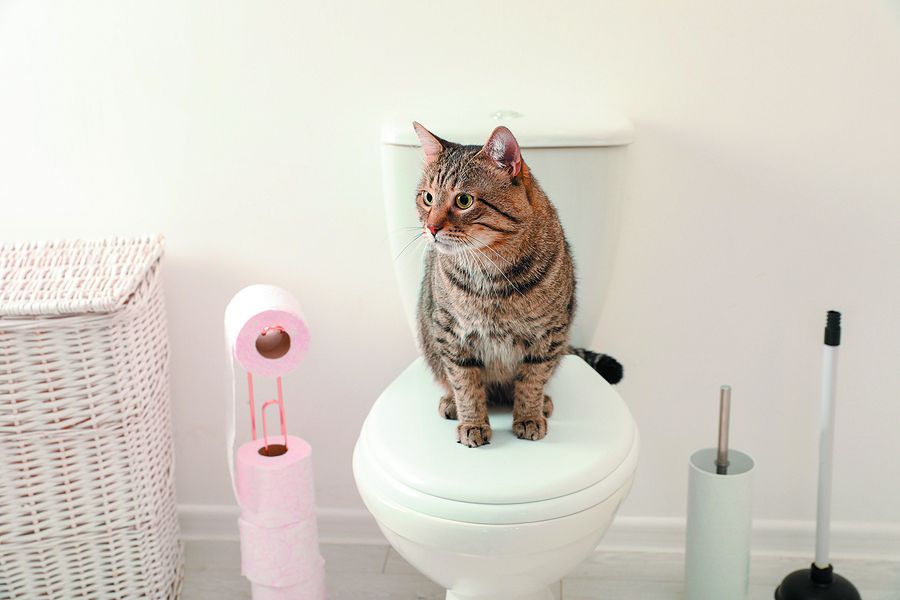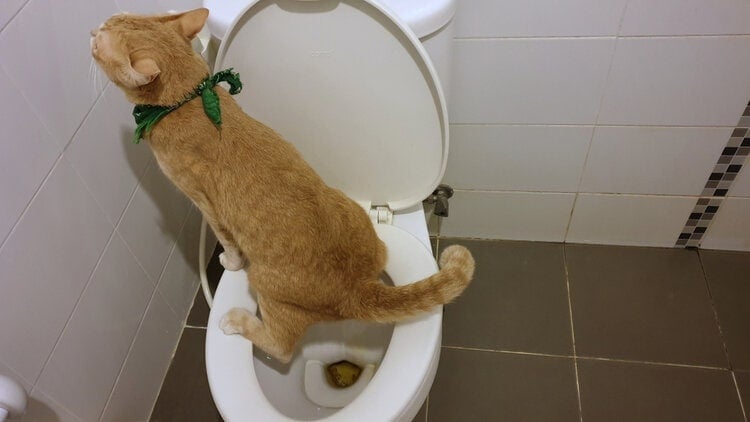Avoid Clogs and Damage: Don't Flush Cat Poop Down Your Toilet - Expert Insights
Avoid Clogs and Damage: Don't Flush Cat Poop Down Your Toilet - Expert Insights
Blog Article
This great article down below on the subject of Don’t flush cat feces down the toilet is totally motivating. Have a go and draw your own personal results.

Introduction
As pet cat proprietors, it's necessary to bear in mind exactly how we get rid of our feline buddies' waste. While it may appear convenient to flush pet cat poop down the bathroom, this practice can have damaging consequences for both the setting and human health and wellness.
Alternatives to Flushing
Fortunately, there are more secure and much more responsible methods to deal with cat poop. Think about the following options:
1. Scoop and Dispose in Trash
The most common approach of taking care of pet cat poop is to scoop it right into an eco-friendly bag and throw it in the trash. Make certain to utilize a committed clutter scoop and deal with the waste quickly.
2. Usage Biodegradable Litter
Choose naturally degradable feline trash made from products such as corn or wheat. These litters are environmentally friendly and can be safely thrown away in the garbage.
3. Bury in the Yard
If you have a yard, consider burying pet cat waste in an assigned area away from veggie gardens and water sources. Make certain to dig deep enough to prevent contamination of groundwater.
4. Set Up a Pet Waste Disposal System
Invest in an animal garbage disposal system specifically created for pet cat waste. These systems use enzymes to break down the waste, minimizing smell and ecological impact.
Health Risks
In addition to ecological problems, flushing cat waste can also position wellness threats to humans. Cat feces may have Toxoplasma gondii, a bloodsucker that can cause toxoplasmosis-- a potentially serious ailment, particularly for pregnant females and people with weakened immune systems.
Environmental Impact
Flushing feline poop presents unsafe virus and parasites into the supply of water, positioning a substantial threat to marine ecosystems. These contaminants can negatively impact marine life and compromise water quality.
Conclusion
Responsible pet ownership prolongs beyond supplying food and shelter-- it likewise entails proper waste management. By refraining from purging pet cat poop down the toilet and selecting different disposal techniques, we can lessen our ecological footprint and safeguard human health and wellness.
Why Can’t I Flush Cat Poop?
It Spreads a Parasite
Cats are frequently infected with a parasite called toxoplasma gondii. The parasite causes an infection called toxoplasmosis. It is usually harmless to cats. The parasite only uses cat poop as a host for its eggs. Otherwise, the cat’s immune system usually keeps the infection at low enough levels to maintain its own health. But it does not stop the develop of eggs. These eggs are tiny and surprisingly tough. They may survive for a year before they begin to grow. But that’s the problem.
Our wastewater system is not designed to deal with toxoplasmosis eggs. Instead, most eggs will flush from your toilet into sewers and wastewater management plants. After the sewage is treated for many other harmful things in it, it is typically released into local rivers, lakes, or oceans. Here, the toxoplasmosis eggs can find new hosts, including starfish, crabs, otters, and many other wildlife. For many, this is a significant risk to their health. Toxoplasmosis can also end up infecting water sources that are important for agriculture, which means our deer, pigs, and sheep can get infected too.
Is There Risk to Humans?
There can be a risk to human life from flushing cat poop down the toilet. If you do so, the parasites from your cat’s poop can end up in shellfish, game animals, or livestock. If this meat is then served raw or undercooked, the people who eat it can get sick.
In fact, according to the CDC, 40 million people in the United States are infected with toxoplasma gondii. They get it from exposure to infected seafood, or from some kind of cat poop contamination, like drinking from a stream that is contaminated or touching anything that has come into contact with cat poop. That includes just cleaning a cat litter box.
Most people who get infected with these parasites will not develop any symptoms. However, for pregnant women or for those with compromised immune systems, the parasite can cause severe health problems.
How to Handle Cat Poop
The best way to handle cat poop is actually to clean the box more often. The eggs that the parasite sheds will not become active until one to five days after the cat poops. That means that if you clean daily, you’re much less likely to come into direct contact with infectious eggs.
That said, always dispose of cat poop in the garbage and not down the toilet. Wash your hands before and after you clean the litter box, and bring the bag of poop right outside to your garbage bins.
https://trenchlesssolutionsusa.com/why-cant-i-flush-cat-poop/

As an enthusiastic person who reads about Don’t flush cat feces down the toilet, I figured sharing that piece of content was essential. Enjoyed our entry? Please share it. Let somebody else discover it. I enjoy reading our article about Can You Flush Cat Poo or Litter Down the Toilet?.
Click Here Report this page